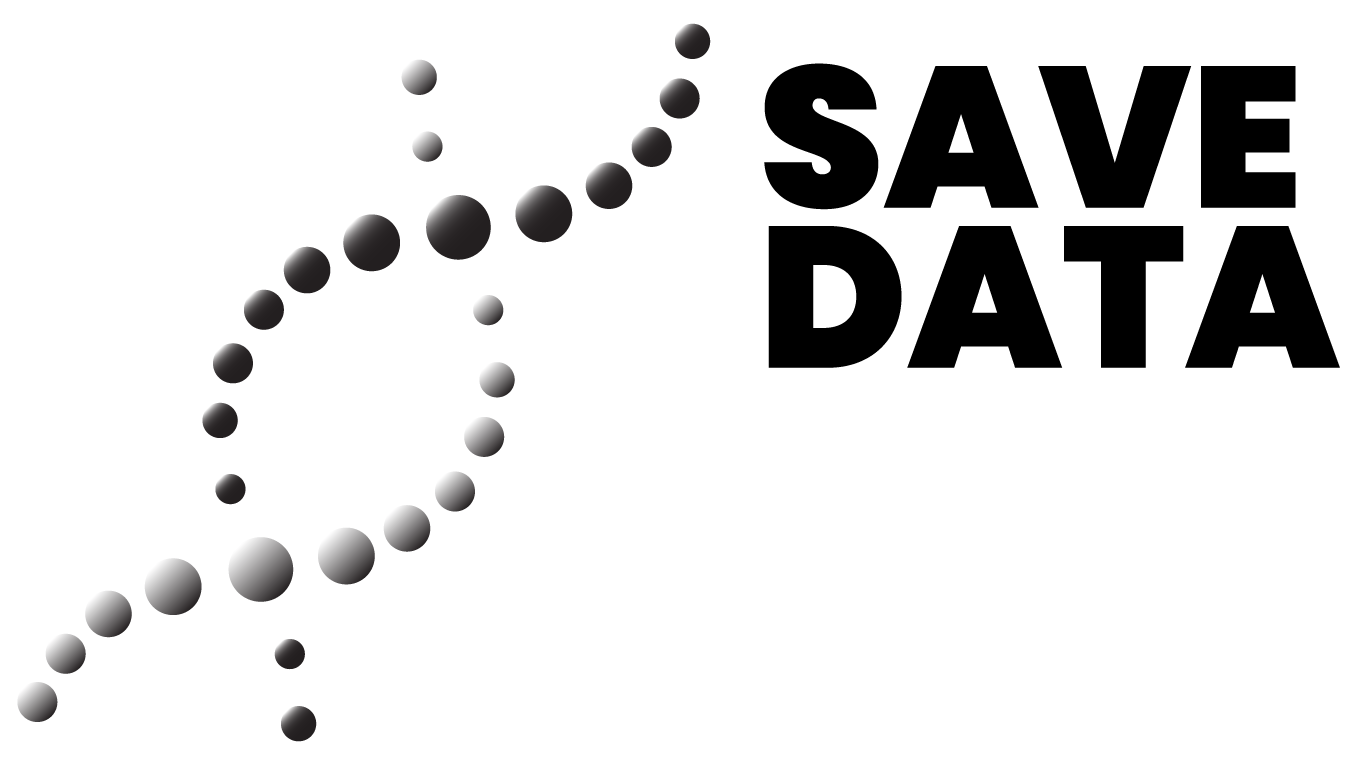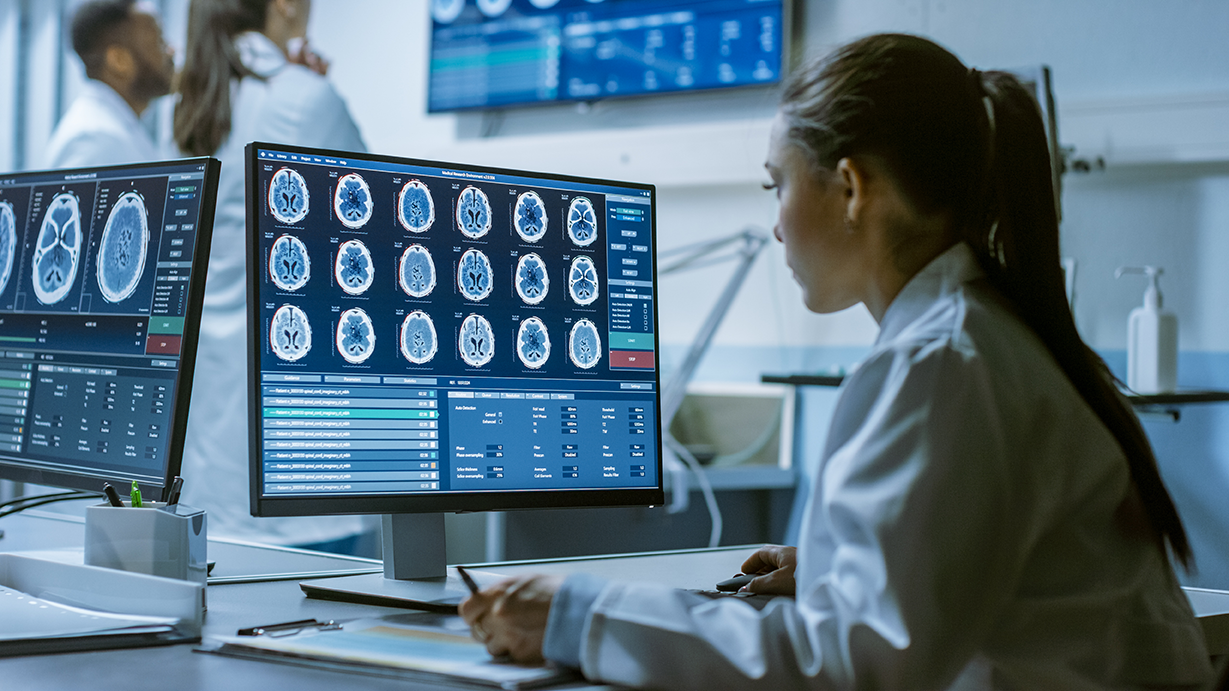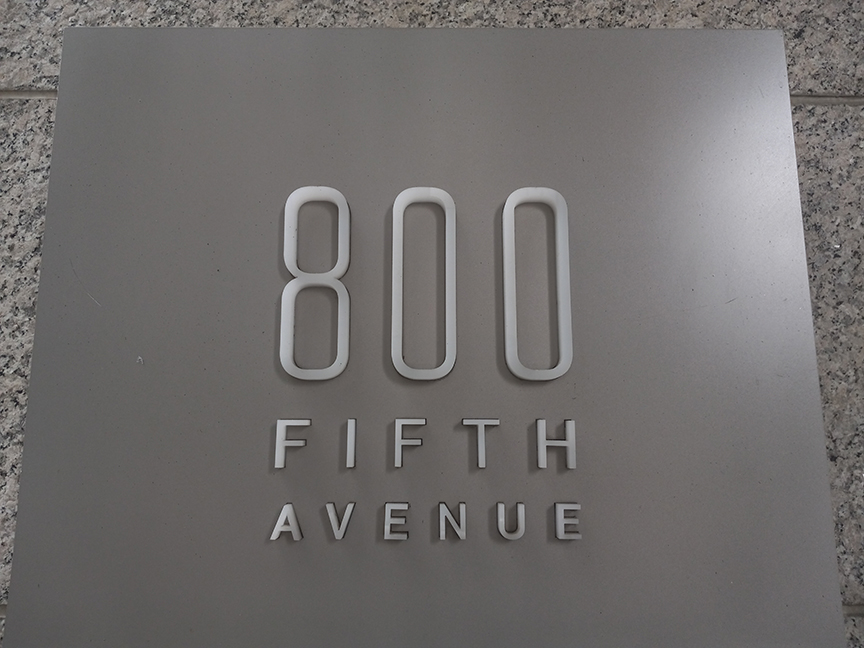The Significance of Preserving Hospital Data from the 1980s
Hospitals in the 1980s marked a pivotal shift in healthcare management through the adoption of early computer database technology. During this era, hospitals transitioned from purely paper-based systems to digital solutions, laying the groundwork for today's sophisticated Electronic Health Record (EHR) systems. These foundational databases contain invaluable historical patient data, operational records, and administrative information, serving as a critical link to the evolution of hospital management systems.
However, over the decades, many of these hospital databases have become inaccessible due to hardware failures, outdated storage media, or system obsolescence. Recognizing the importance of preserving this digital legacy, Seattle Data Recovery specializes in the meticulous repair, restoration, and transfer of data stored in hospital databases from previous eras. By utilizing state-of-the-art HP Compute Gen 12 servers with NVIDIA RTX GPUs, the company ensures that historical data is not only recovered but also migrated to more resilient and powerful infrastructure for ongoing accessibility and security.
The Landscape of Computer Database Technology in Hospitals During the 1980s
The 1980s were a transformative period for hospital database systems. During this decade, hospitals moved beyond traditional paper records, adopting computer database technology from the 1980s that greatly improved efficiency and data management. They primarily relied on this technology for vital departmental functions such as laboratory testing, pharmacy management, scheduling, and billing. This era was characterized by primitive yet groundbreaking systems that aimed to organize the vast amounts of patient data electronically.
Many hospital database systems in the 1980s operated on mainframe or minicomputer platforms, which were considered cutting-edge at the time. These systems often functioned within compartmentalized departments, lacking a seamless way to share data across departments. Consequently, although these legacy systems improved operational workflows, the division among departmentalized hospital database systems created considerable challenges in data unification and interoperability. This challenge persists even today when attempting to recover data from these systems.
A Look into the Pioneering Hospital Database Systems of the 1980s
Hospital database technology from the 1980s was characterized by several notable systems that helped shape the digital future of healthcare. For example, the Veterans Health Administration deployed the VistA system, recognized as an early comprehensive hospital database. VistA proved to be a highly influential model for managing patient records, laboratory results, and pharmacy data. It showcased the potential of computer database technology from the 1980s to streamline hospital operations, even though it was primarily confined to the Department of Veterans Affairs.
Another significant development was HMDS (Health Micro Data Systems), which emerged around 1988. HMDS offered networked PC-based systems that provided a more flexible alternative to bulky minicomputer systems. This system enabled hospitals to link smaller, departmental databases, creating a more accessible operational environment. Similarly, ULTICARE introduced the concept of a "Computerized Patient Record," emphasizing real-time access to critical patient information. These pioneering systems laid the groundwork for future interoperability; however, many of these systems were still largely isolated within their respective hospitals, leaving a vast treasure trove of data in fragile storage media or obsolete hardware.
The Challenges of Digital Preservation: Obsolescence and Data Accessibility
One of the most significant obstacles in preserving hospital database technology from the 1980s is that these systems relied heavily on aging hardware and obsolete storage media—such as magnetic tapes, floppy disks, and early hard drives—that are vulnerable to physical deterioration. When these storage devices fail, the data stored within them becomes inaccessible, risking the loss of invaluable medical and operational records.
Furthermore, the proprietary nature of many systems used during this period means that recovery often requires specialized knowledge and equipment. The hardware and software to operate these systems have long been discontinued, creating a gap between existing know-how and the physical hardware. This discrepancy prompts healthcare institutions and Data Recovery specialists, such as Seattle Data Recovery, to develop innovative solutions that bridge the technological gap, ensuring that historic hospital databases are successfully recovered and migrated to modern infrastructure.
The Process of Restoring 1980s Hospital Database Data
Restoring hospital database information from the 1980s requires a comprehensive approach that combines meticulous data extraction techniques with advanced hardware. Seattle Data Recovery employs a step-by-step process that begins with the careful assessment of the damaged or obsolete storage media. Technicians then utilize specialized hardware and software tools to read data from magnetic tapes, floppy disks, or old hard drives—sources that are often the only remnants of these practice-era hospital databases.
Once the raw data is extracted, it undergoes a detailed verification process to identify and correct any corrupt or incomplete files. This phase involves cross-referencing recovered data with existing records to ensure accuracy and completeness. After validation, the data is converted into a modern, universally compatible format. The company then transfers the cleaned and verified hospital database to a high-performance HP Compute Gen 12 server, leveraging its exceptional processing power and NVIDIA RTX GPUs. This modern infrastructure safeguards the data and facilitates further analysis, integration, and accessibility.
The Role of Modern Technology in Data Recovery and Migration
The use of advanced technology has revolutionized the way hospital databases from the 1980s are restored and preserved. Today, state-of-the-art equipment such as HP Compute Gen 12 servers equipped with NVIDIA RTX GPUs enables the rapid processing of large volumes of data, significantly reducing downtime and improving accuracy during recovery. These servers provide the computational capacity required to handle complex data formats, perform conversions, and support sophisticated algorithms that facilitate the cleaning and verification of recovered data.
NVIDIA RTX GPUs, in particular, are instrumental in accelerating data processing tasks such as de-duplication, error correction, and data validation. Moreover, they facilitate the compatibility of the recovered hospital database with current systems, ensuring seamless integration into enterprise-wide information systems. Seattle Data Recovery's use of these groundbreaking technologies enables healthcare providers to securely and efficiently reclaim their historical data, preserving a vital part of their digital heritage.
Transferring and Upgrading Hospital Database Systems to New Infrastructure
After successful Data Recovery, the next step involves transferring the hospital database to a modern, scalable infrastructure. Seattle Data Recovery specializes in migrating recovered data from legacy media to robust, secure servers, such as the HP Compute Gen 12. This transition not only preserves the integrity of the original data but also ensures that the hospital's historical information is compatible with current healthcare information systems.
The upgraded hospital database system benefits from the high reliability, speed, and security features available in modern servers. This migration process involves careful planning and execution to avoid data corruption or loss. Seattle Data Recovery meticulously verifies the integrity during each stage of transfer, minimizing operational disruptions for healthcare facilities. Consequently, hospitals can access their critical historical data reliably, empowering clinicians and administrative staff with comprehensive information when it is most needed.
Benefits of Modern Server Technology in Hospital Data Preservation
Transitioning historic hospital database information into modern infrastructure brings numerous benefits. For one, the use of HP Compute Gen 12 servers with NVIDIA RTX GPUs enhances data security, providing robust protection against cyber threats and hardware failures. These servers are built for resilience, ensuring the longevity and accessibility of hospital clinical and operational data for years to come.
Furthermore, modern servers enable real-time data access, facilitate faster query processing, and simplify integration with other electronic systems. This means healthcare organizations can utilize their historical data for analytics, research, or regulatory compliance without compromising performance. Additionally, the scalability of these systems enables hospitals to expand their digital capabilities, whether by integrating legacy data into new clinical workflows or supporting emerging healthcare technologies.
The Future of Hospital Data Recovery: Preserving History for Tomorrow
The preservation of hospital database technology from the 1980s is an ongoing process that will become increasingly crucial as healthcare institutions seek to maintain their digital histories. Future advancements in Data Recovery technology will continue to improve the reliability, speed, and scope of restoring legacy systems. Seattle Data Recovery remains dedicated to developing innovative methods to recover and safeguard hospital data, ensuring that no bit of valuable information is lost to time.
Looking ahead, the integration of artificial intelligence and machine learning techniques promises to enhance further the accuracy of data validation, repair, and migration efforts. These innovations will enable even older systems to be preserved with unprecedented precision and efficiency. As hospitals and healthcare providers recognize the importance of historical data in clinical decision-making and research, Seattle Data Recovery looks forward to offering the solutions needed to bridge the gap between past and future.
Ensuring Digital Heritage Continues with Seattle Data Recovery
In conclusion, the computer database technology of hospitals from the 1980s laid the foundation for modern healthcare data management. Despite their age and fragility, these systems represent an invaluable historical record that warrants preservation and conservation. Seattle Data Recovery's expertise in repairing, restoring, and transferring hospital databases from that era to powerful new infrastructures ensures that these digital legacies endure.
By leveraging state-of-the-art HP Compute Gen 12 Servers and NVIDIA RTX GPUs, Seattle Data Recovery enables healthcare institutions to access their historical records securely and efficiently. As the healthcare landscape continues to evolve, safeguarding this legacy becomes not just a matter of Data Recovery but a commitment to preserving the rich history of medical innovation. Hospitals and healthcare providers can rest assured that their past, present, and future data are in capable hands.










